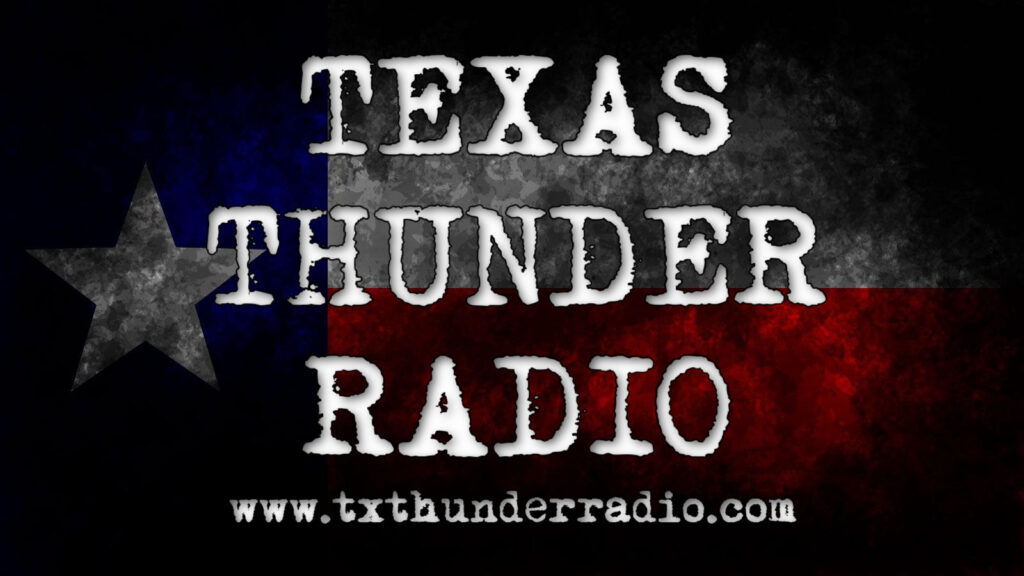 izusek/iStockBy LAURA ROMERO, ABC News
izusek/iStockBy LAURA ROMERO, ABC News
(NEW YORK) — At The Lawrenceville School, a private high school in New Jersey, students returning in the fall will have access to an app that tracks potential coronavirus symptoms, touchless sinks and a health center with pediatricians and a full time nursing staff.
Buildings will have filters with the “highest level of filtration possible” and 360-degree cameras will allow students to participate virtually, in hopes of reducing class sizes, according to Steve Murray, the Head of School.
But nearly 1,500 miles away, in Oklahoma, Sulphur Public Schools, a district where 60% of students live in poverty and which has seen recent cuts in state funding, purchasing even basic protective equipment for students has become difficult — to the point where the district may resort to cutting staff to cover costs.
As schools across the nation are preparing and releasing their plans for the school year in the midst of a pandemic, some public schools are finding themselves at a disadvantage, struggling to provide internet access to families and having to rely on additional government pandemic relief funds and organizations to purchase protective equipment for students.
Kenya Bradshaw, the Vice President of Policy and Community Coalitions at The New Teacher Project, a non-profit organization dedicated to ensuring that poor and minority students get equal access to effective teachers, said the overall disparity between private institutions and public schools is nothing new, as public facilities face constant budget cuts, reduced enrollment numbers and low pay for teachers. But with the coronavirus raging in much of the country, the lack of resources in public schools may mean that some students don’t get to come back to school — or could endanger those who do.
“We knew that there were capital improvement needs of schools across the country prior to COVID-19,” Bradshaw told ABC News. “So many schools do not have the proper air and filtration system or air conditioning, let alone the high quality filtration systems that the CDC [Centers for Disease Control and Prevention] is recommending for work spaces. Without adequate resources we’re putting our teachers and children in danger or we aren’t providing kids with the education they need.”
In late March, Congress allocated $13.5 billion from the Coronavirus, Aid, Relief and Economic Security (CARES) Act fund to states to distribute to local schools and programs. But for Matt Holder, the Superintendent of Sulphur Public Schools, the funds provided by the government are not enough.
“We were hoping that the CARES funding was going to fill some of that hole and it’s just not going to fill at all, especially with having to purchase so many things,” Holder said. “And obviously our largest expense is personnel so at the end of the day, that’s where the biggest cuts can be made. But before we have to go there, we will make cuts in other places.”
So far, the school district has been able to purchase hand sanitizers, anti-bacterial wipes and several electric disinfectant sprayers.
Holder said the biggest challenge the district faced in the spring when schools closed was providing internet access and laptops to students so they could learn from home. Even though schools are planning to open for in-person classes, Holder says teachers are having to get creative for families who choose the remote option.
“We’re trying to get innovative for students that want virtual learning or for if we do have to close down,” Holder told ABC News. “We might have students come to school buildings to allow them to get internet access or if we have to give out paper packets and pencils, we’ll do whatever to make sure they get an education.”
In San Perlita, Texas, in one of the poorest school districts in the country, the median annual household income is just $16,384, or less than a third of the national median income level.
Albert Peña, the Superintendent of San Perlita Independent School District, said the district will have to divert current resources to pay for protective equipment that will not last through the entire school year.
“We’re going to use some of our accumulated fund balance which is essentially our rainy day fund,” said Peña. “There’s also a little bit of relief available through the CARES fund.”
To ensure every student has face masks available, several public schools in Arizona have reached out to organizations like Masks Now to provide them with face coverings.
“The second largest school district in Tucson reached out to me and asked if we could make 10,000 masks,” said Kelley Anne Johnson, the leader for the Masks Now Arizona chapter. “But we’ve only made about 8,000 totals since April, so I let them know that it is probably not going to be very likely unless we get a ton more volunteers but I’d love to give them what they need because it is important.”
Public school teachers like Lisa Banbury are posting their Amazon wish list on social media, hoping to get school supplies and cleaning products for their classrooms.
Banbury, who teaches first grade in a low-income school district in Wilmington, Del., said she is worried that classes will be remote and the challenges that will bring.
“Even though the district did the best they could to get devices in the hands of the students, a lot of them don’t have WI-FI at home or they don’t have a parent there who can connect them to Zoom,” said Banbury. “During the spring, I had some materials that I actually delivered to some of my students to their houses and I would wave through the window.
“But my focus right now is just figuring out how to make that connection with the kids to let them know that I’m still here for them even though we might not be together,” she said.
Copyright © 2020, ABC Audio. All rights reserved.



Comments are closed.